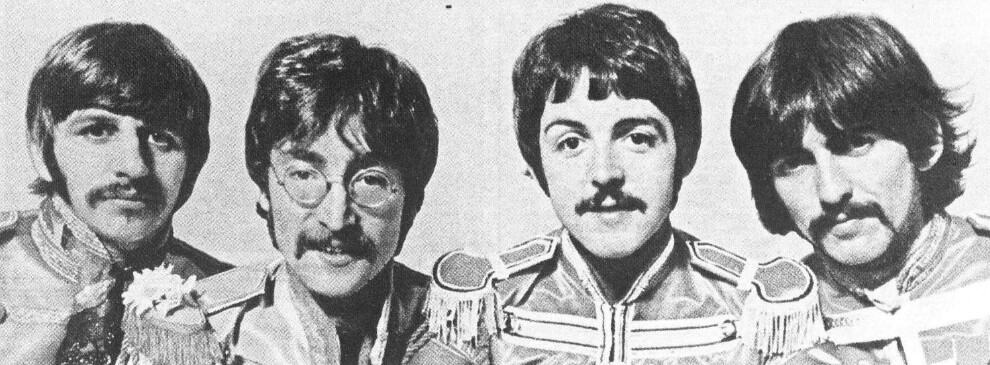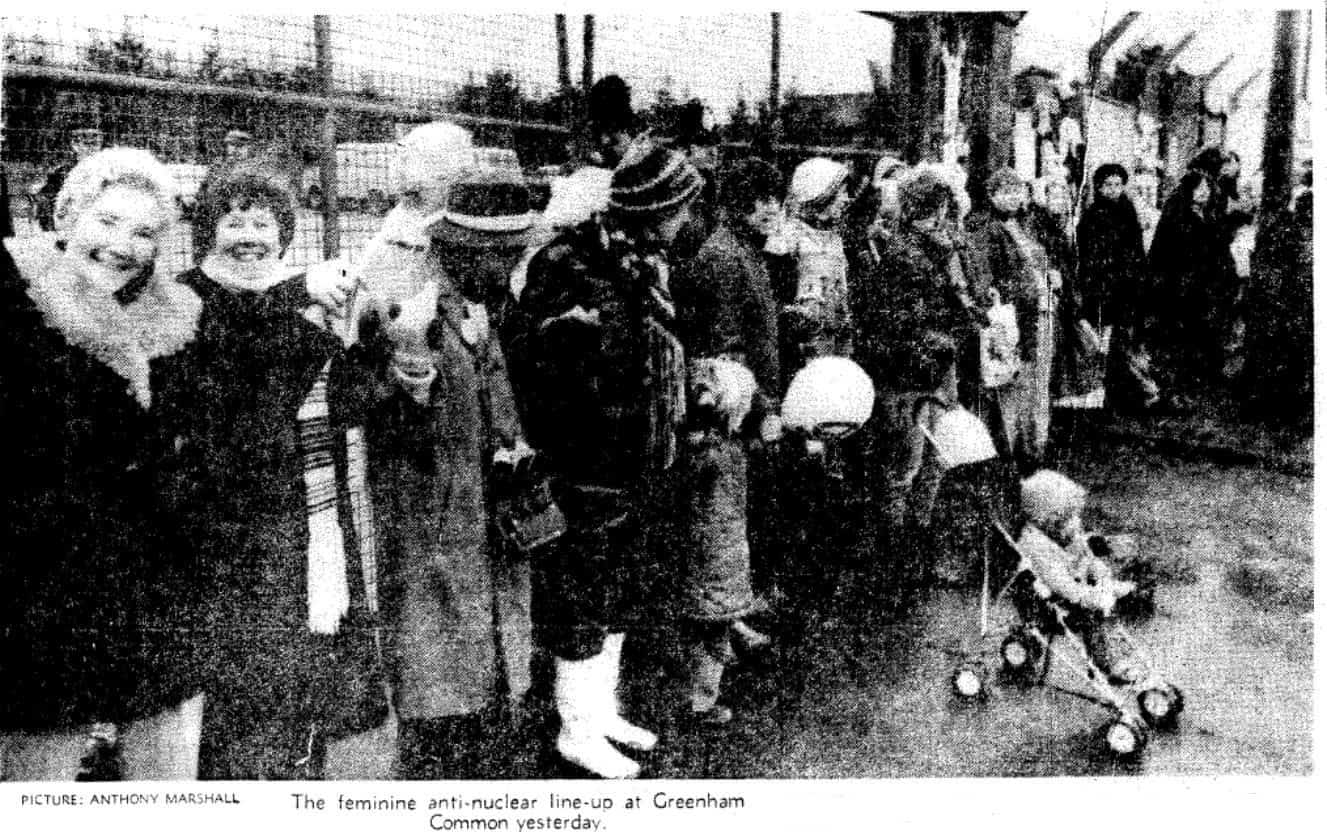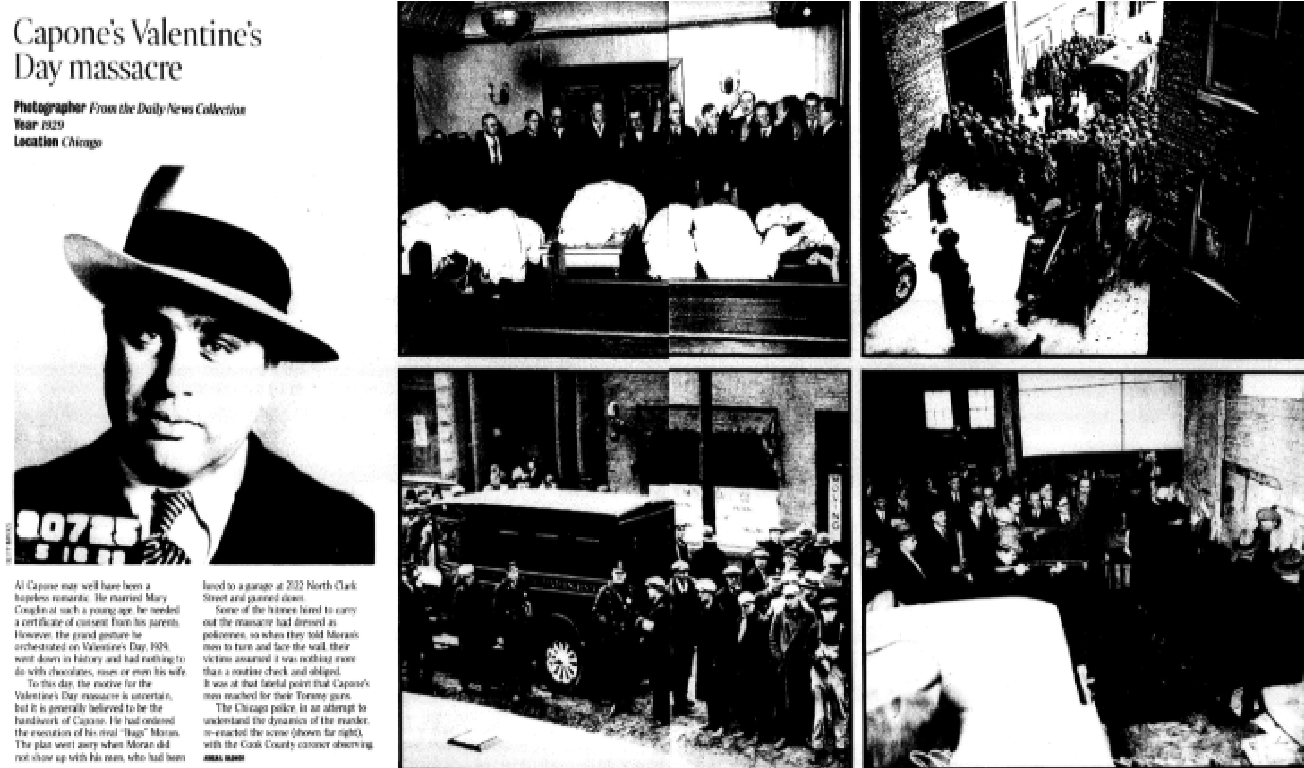│By Emily Priest, Gale Ambassador at the University of Portsmouth│
Since 2013, Peaky Blinders stormed the UK television charts. Five seasons and a well-deserved BAFTA later, the series continues to intrigue, outrage and fascinate viewers with its gritty, unflinching depiction of Birmingham gangs – the once very real “Peaky Blinders” gang in particular.


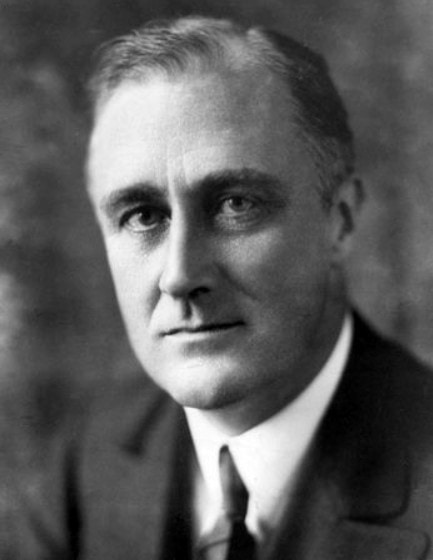
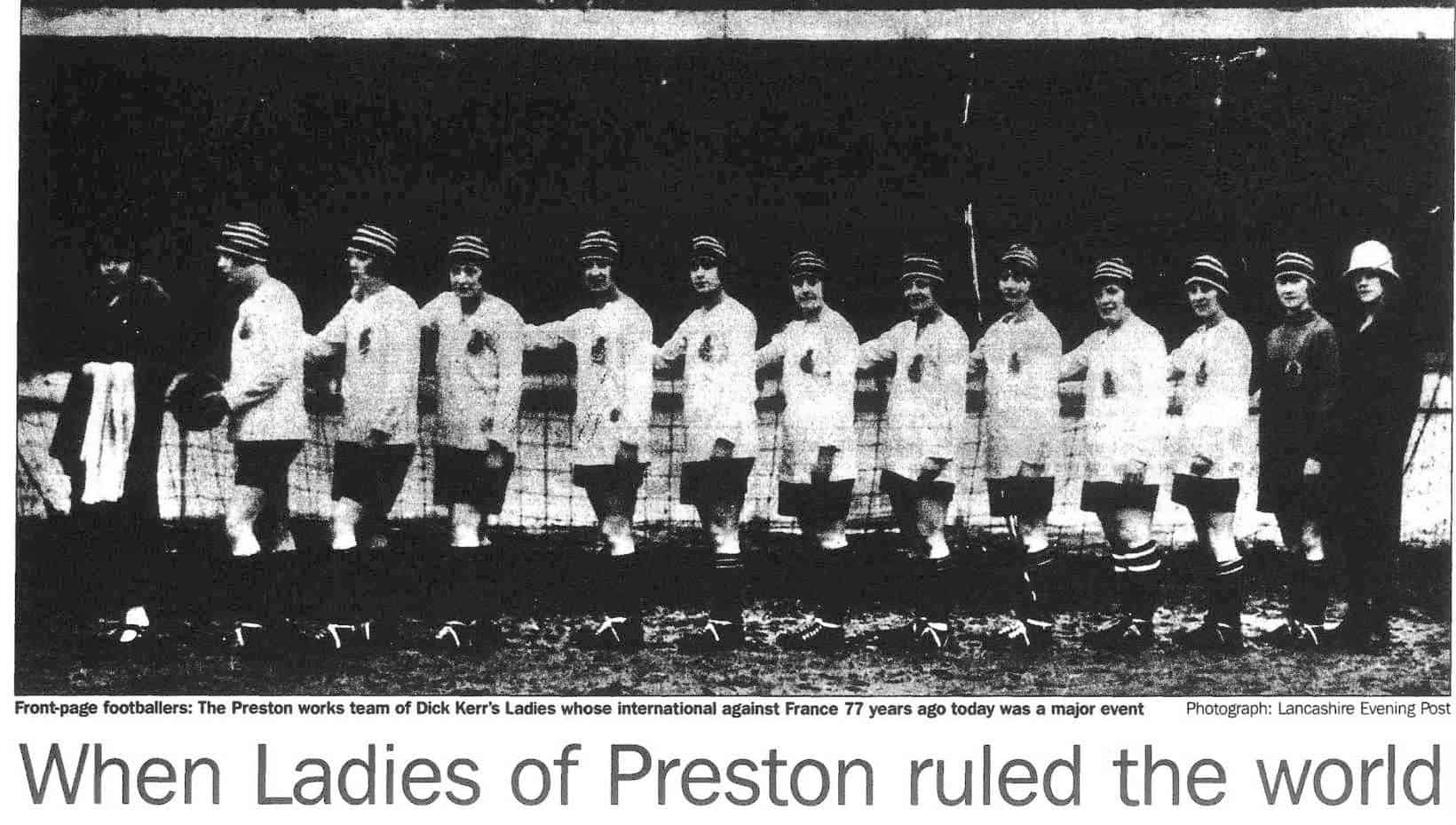

![“Pop Career for Noddy." News Review. Sunday Times, 16 Nov. 2003, p. 14[S3]. The Sunday Times Digital Archive, http://link.galegroup.com/apps/doc/FP1803638499/GDCS?u=webdemo&sid=GDCS&xid=141de559](https://review.gale.com/wp-content/uploads/2019/06/main-image.png)

